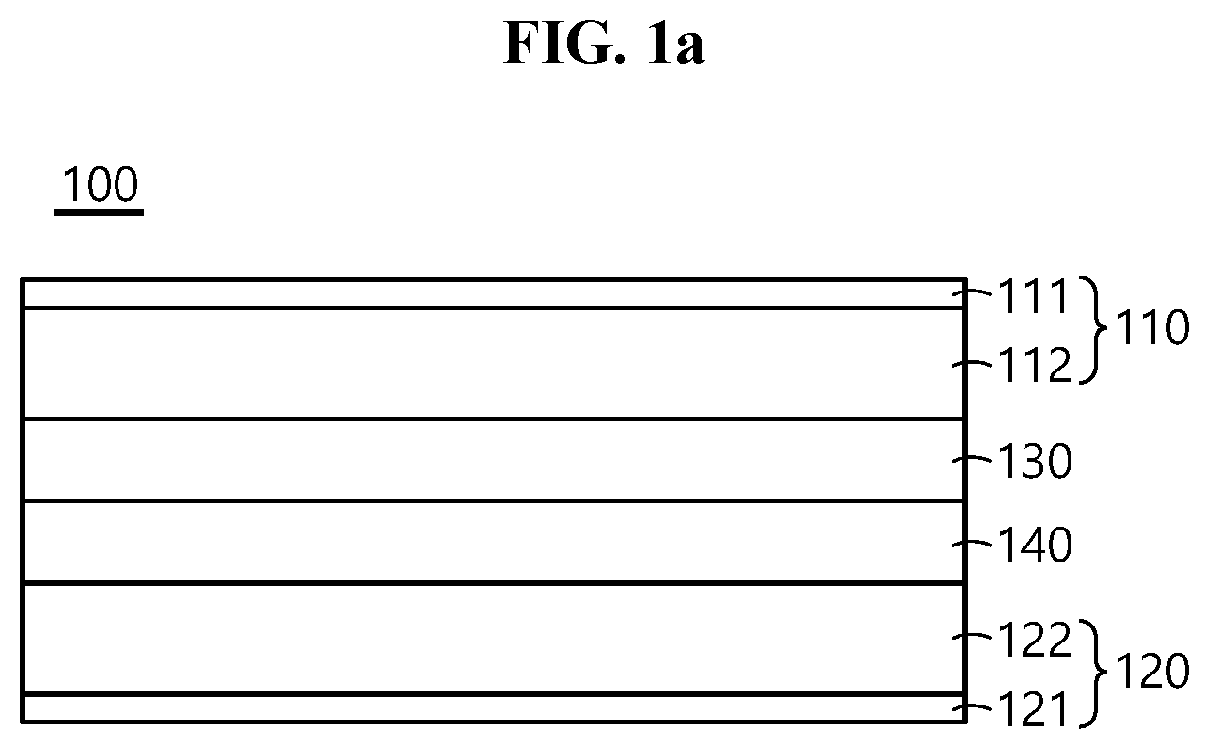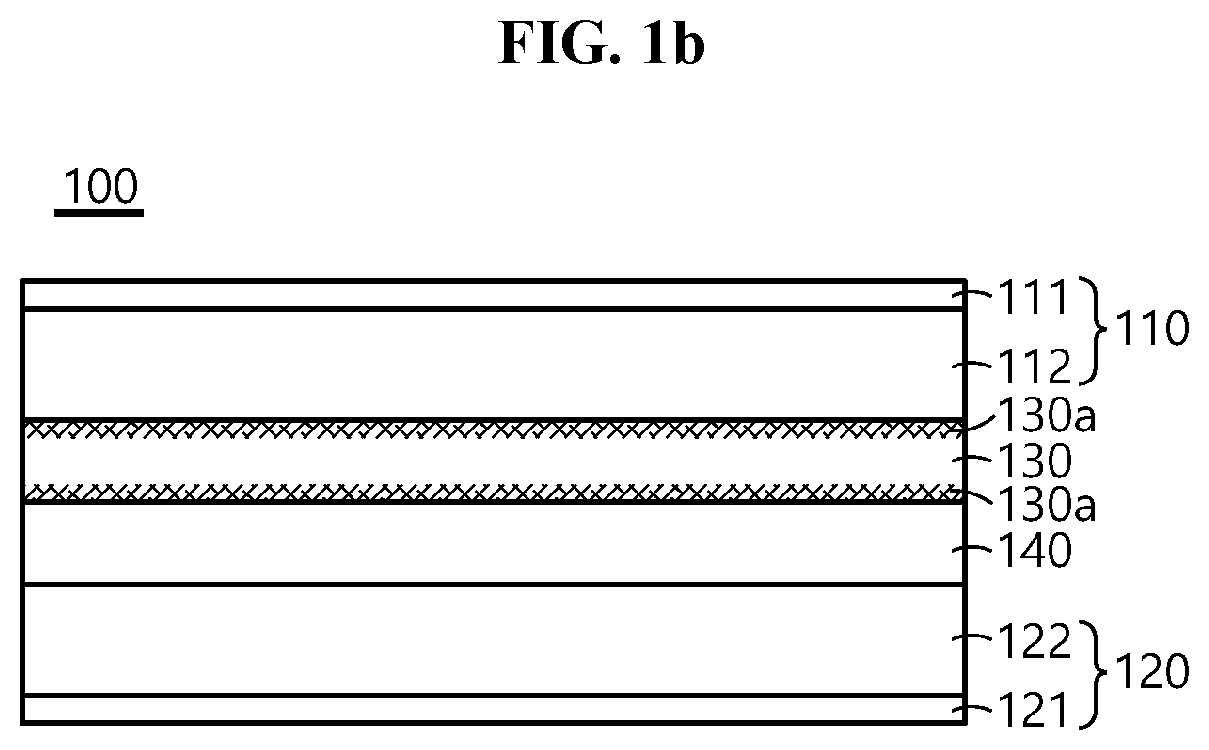Composite electrolyte membrane and all-solid-state battery comprising the composite electrolyte membrane
a composite electrolyte and solid-state battery technology, applied in the manufacture of cell components, final product manufacturing, electrochemical generators, etc., can solve the problems of high risk of electrolyte leakage, adverse effects on battery life performance, increased electrode thickness, etc., to reduce interfacial resistance, increase internal temperature, and reduce the effect of dead spa
- Summary
- Abstract
- Description
- Claims
- Application Information
AI Technical Summary
Benefits of technology
Problems solved by technology
Method used
Image
Examples
example 2
[0088]1) Manufacture of Negative Electrode
[0089]A negative electrode is prepared by the same method as example 1.
[0090]2) Manufacture of Composite Electrolyte Membrane
[0091]A mixture of polyethylene oxide (PEO) and LiTFSI ([EO]:[Li+]=20:1, mole ratio) is prepared, and the mixture is coated on the surface of the negative electrode to the thickness of about 40 μm using doctor blade and dried to form an electrolyte layer.
[0092]A 60° C. thermostat is prepared, and ethylene carbonate (EC) is put into the thermostat and melted. A porous sheet (polyethylene, porosity 40 vol %) is immersed in the prepared ethylene carbonate in a liquid state and left in a vacuum condition for about 12 hours, and in this instance, the temperature is maintained at 60° C. Subsequently, the porous sheet is placed at room temperature to solidify the ethylene carbonate filled in the porous sheet again. The pores of the porous sheet are filled with EC and two surfaces of the porous sheet are coated with EC. The us...
example 3
[0097]A battery is manufactured by the same method as example 2 except that the filler is succinonitrile (SN), not ethylene carbonate.
experimental example
[0099](1) Measurement of Capacity Retention
[0100]The lithium metal batteries of examples and comparative example are charged at room temperature in CC-CV mode at 0.1 C up to 4.25V and discharged in CC mode at 0.1 C down to 3V, and after 10 cycles are repeated, capacity retention is determined. Its results are shown in FIG. 3.
[0101]It is found that examples 1 to 3 have better capacity retention than comparative example. Particularly, it is found that example 1 with the lithium coating layer have much better capacity retention than examples 2 and 3.
[0102](2) Measurement of Porosity
[0103]The porosity is measured by measuring the diameter of micropores filled with mercury in a predetermined pressure in accordance with the ASTM D 4284-92 standard, and the micropores are measured at each predetermined pressure while the pressure between 0.5 psi and 60,000 psi is continuously applied, and at that time, the volume of the mercury filled in the separator is measured. The measurement is automa...
PUM
| Property | Measurement | Unit |
|---|---|---|
| temperature | aaaaa | aaaaa |
| temperature | aaaaa | aaaaa |
| temperature | aaaaa | aaaaa |
Abstract
Description
Claims
Application Information
 Login to View More
Login to View More - R&D
- Intellectual Property
- Life Sciences
- Materials
- Tech Scout
- Unparalleled Data Quality
- Higher Quality Content
- 60% Fewer Hallucinations
Browse by: Latest US Patents, China's latest patents, Technical Efficacy Thesaurus, Application Domain, Technology Topic, Popular Technical Reports.
© 2025 PatSnap. All rights reserved.Legal|Privacy policy|Modern Slavery Act Transparency Statement|Sitemap|About US| Contact US: help@patsnap.com



